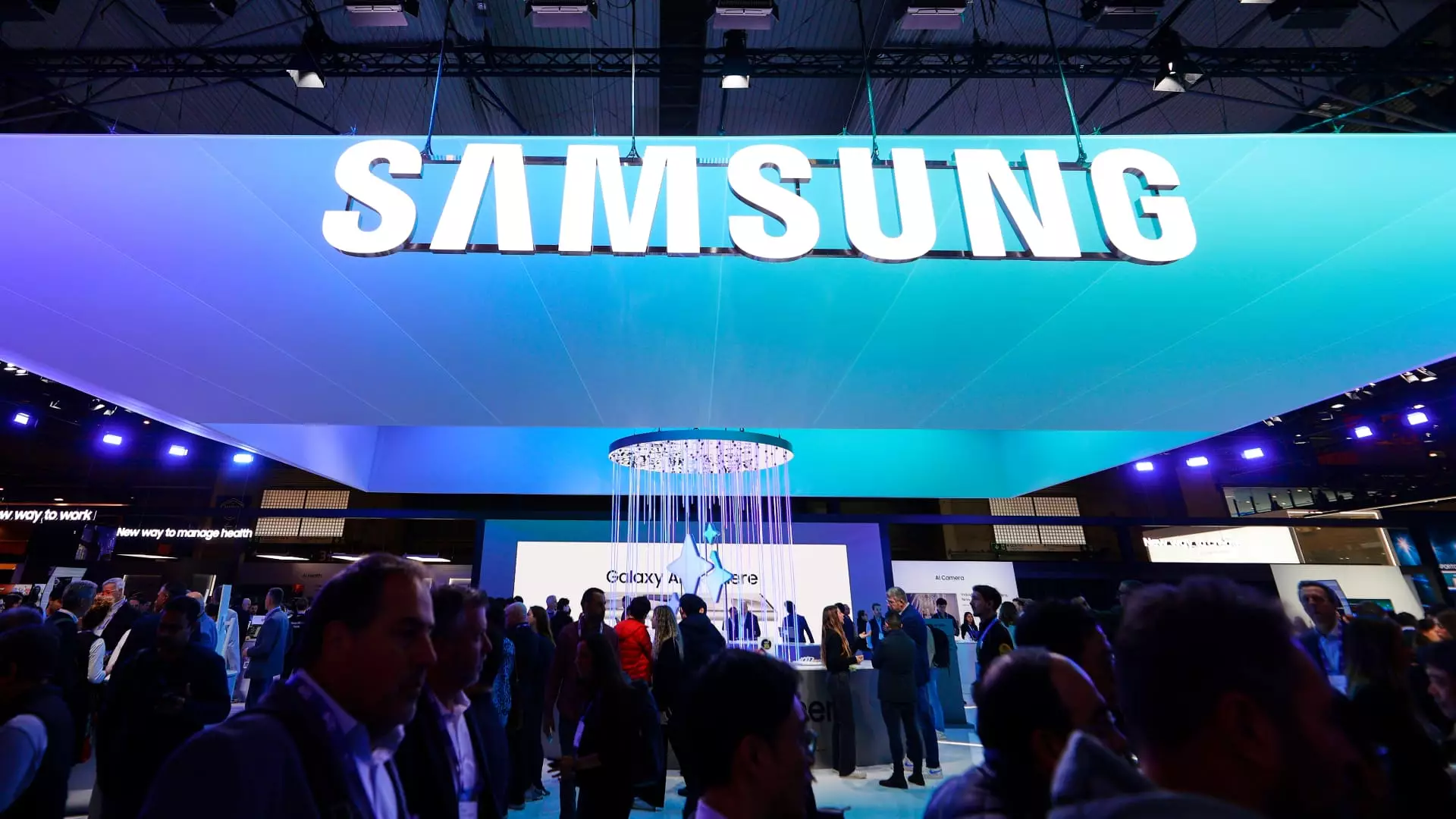Samsung Electronics recently released their second-quarter results, showcasing revenue of 74.07 trillion Korean won and an operating profit of 10.44 trillion Korean won. These numbers exceeded analysts’ expectations, with revenue slightly surpassing the estimated 73.74 trillion Korean won, and operating profit significantly outperforming the forecasted 9.53 trillion Korean won. The company experienced a 23.42% increase in revenue and a staggering 1,458.2% surge in operating profit compared to the same period last year.
One of the key drivers of Samsung’s robust performance was the sustained demand for its advanced memory chips, particularly those essential for artificial intelligence (AI) training. The significant growth in revenue and operating profit can be attributed to the strong demand for high-bandwidth and conventional memory chips, such as dynamic random access memory (DRAM). Customers expanding their AI investments significantly contributed to Samsung’s impressive results in the second quarter.
Looking ahead, Samsung anticipates continued strong demand for server AI-related products like high bandwidth memory (HBM) and solid-state drives (SSD). The company foresees ongoing capacity expansion to meet the growing demand for HBM and server DRAM, which could potentially constrain the supply of conventional memory chips. The positive outlook for the second half indicates a favorable market environment for Samsung’s memory chip business.
The AI boom has driven a surge in demand for memory chips, benefiting industry leaders like Samsung Electronics and SK Hynix. With memory prices expected to remain on an upward trajectory in the coming quarters, analysts are optimistic about Samsung’s profit growth potential until 2025. The industry’s focus on AI semiconductor development and the increasing adoption of HBM and high-density enterprise SSDs further support the positive trend in memory chip prices.
Samsung’s recovery from record losses in 2023 to strong performance in the second quarter reflects the resilience of the memory chip market following the Covid-induced downturn. The company’s successful tests for HBM3 chips in Nvidia processors for the Chinese market demonstrate its commitment to innovation and market expansion. With the global availability of its newest Galaxy devices, including the Galaxy Z Fold6, Z Flip6, Watch Ultra, and Ring, Samsung aims to capitalize on the growing demand for premium AI products.
While Samsung’s memory chip business flourished in the second quarter, the smartphone segment faced challenges due to declining sales and rising component prices. The company attributed the sequential decrease in smartphone demand to the base effect of new model launches in the previous quarter. Although the premium smartphone segment showed resilience, profitability was impacted by increased component costs. However, Samsung remains optimistic about the growth potential of its premium Galaxy AI products in the second half.
Samsung Electronics’ second-quarter results underscore the company’s strong performance driven by the sustained demand for memory chips and AI-related products. Despite challenges in the smartphone segment, Samsung’s focus on innovation, product diversification, and market expansion positions it well for future growth. The positive outlook for the memory chip industry and the company’s strategic initiatives indicate a promising trajectory for Samsung Electronics in the coming quarters.

